A cache of archive film, couture one-offs and first-ever accessories has touched down in Florence, tracing how Italian style moved from atelier fittings to cinema screens.

Before the Sala Bianca’s white walls hosted their first press show, Italian fashion had long been rehearsing its lines. Moda in luce 1925-1955. Alle origini del made in Italy (translated as Fashion in Light 1925-1955: The Origins of Made in Italy) rewinds to those formative decades when textile mills tested new fibers, couturiers dressed homegrown stars and the nation’s visual language took shape frame by frame.
Curator Fabiana Giacomotti casts Archivio Luce Cinecittà in the lead role. Grainy newsreels show young women practicing their walk on Lake Como, while a 1938 Turin trade fair positions bolts of wool as a patriotic statement. One gallery screens Michelangelo Antonioni’s 1948 short on rayon, its whirring machinery underscoring that invention often begins off the runway. Italian reels appear beside Parisian and Hollywood fashion shorts, mapping a dialogue that unfolded well before and just after the war.
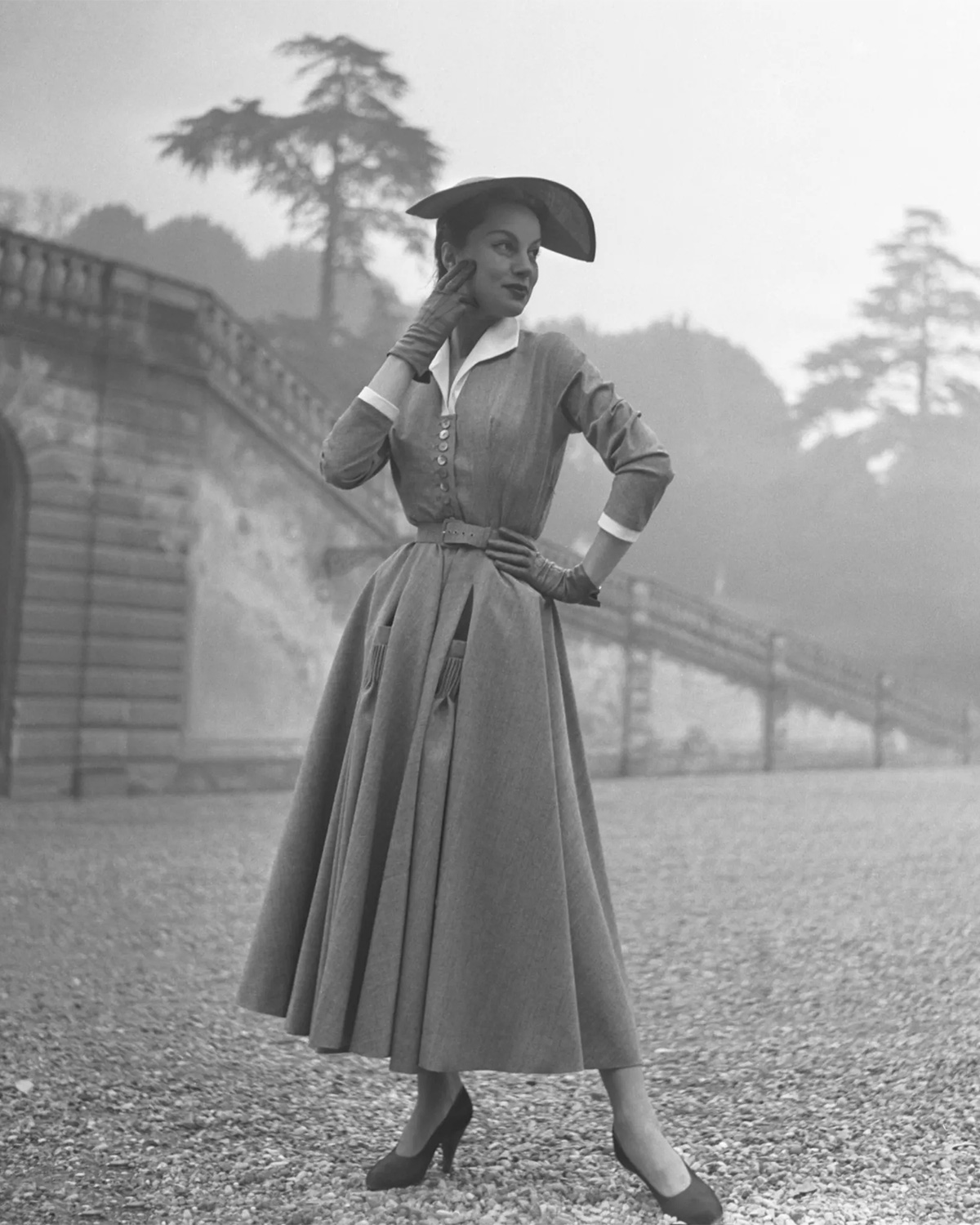
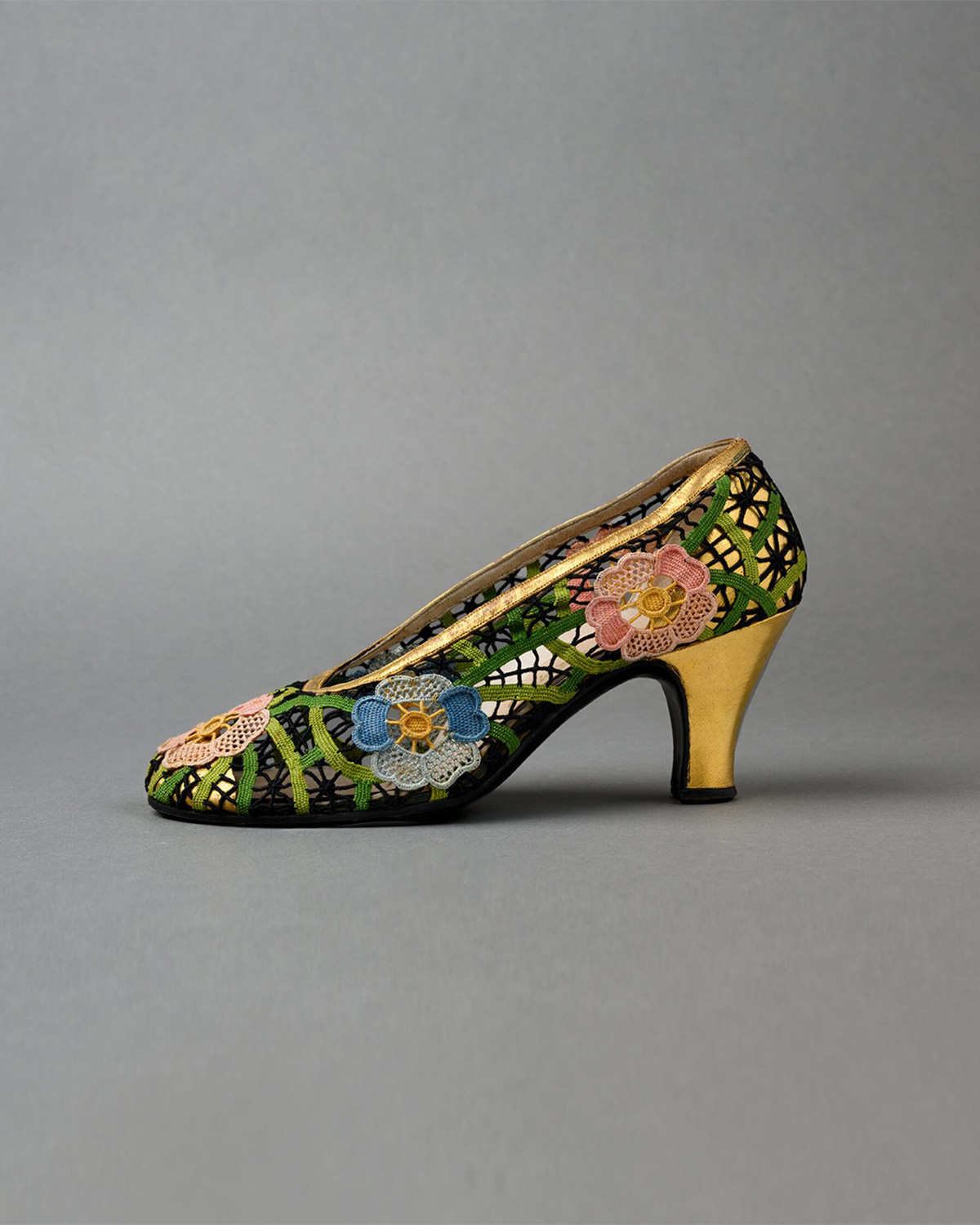
Organized by Archivio Luce Cinecittà with the Uffizi Galleries and the Ministry of Culture, the exhibition gathers more than fifty garments, accessories, photographs and films to chart the textile innovation, aesthetic research and commercial know-how that would later power the Made in Italy label.
The wardrobe on view comes from museums such as Boncompagni Ludovisi and Palazzo Madama, as well as corporate and private archives. Historic houses now out of circulation, including Ventura, Radice, Tortonese’s La Merveilleuse, Gandini, Montorsi, Villa and Palmer, stand beside names still etched in fashion memory. A late-1920s Gucci minaudière nicknamed “number one” hints at nightlife ambitions already in motion. Salvatore Ferragamo’s 1947 “invisible” sandal, engineered from fishing line and cork, still feels like a design dare. Early Pucci separates signed simply “Emilio” share rail space with gowns by Biki, Carosa, the Fontana sisters and a rare cape by Baroness Clarette Gallotti, known as the Weaver of the Island.
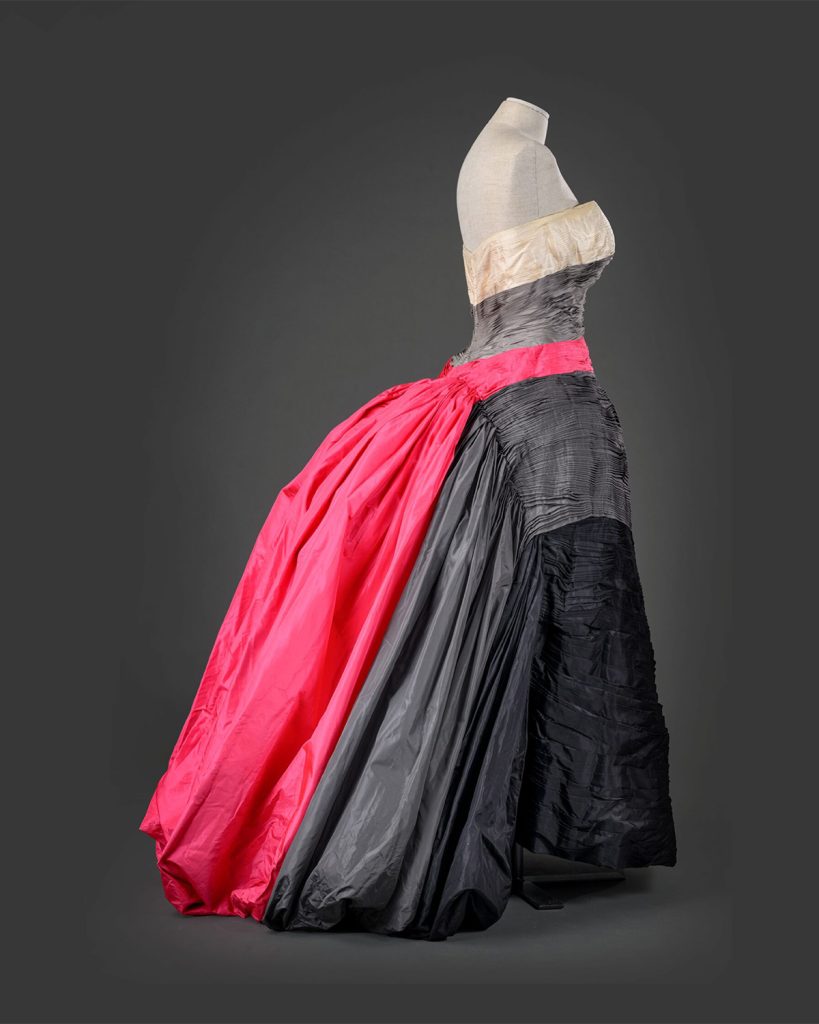
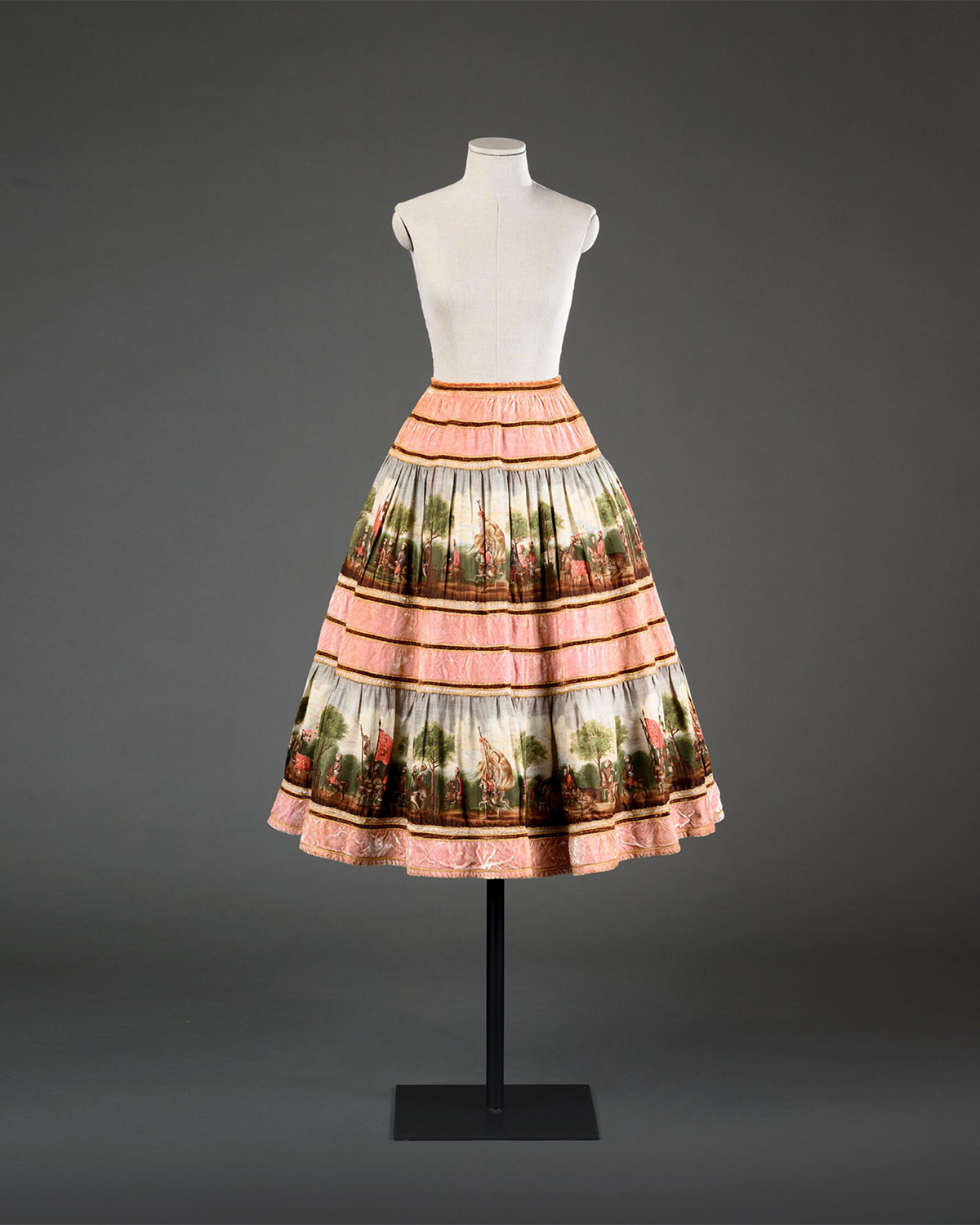
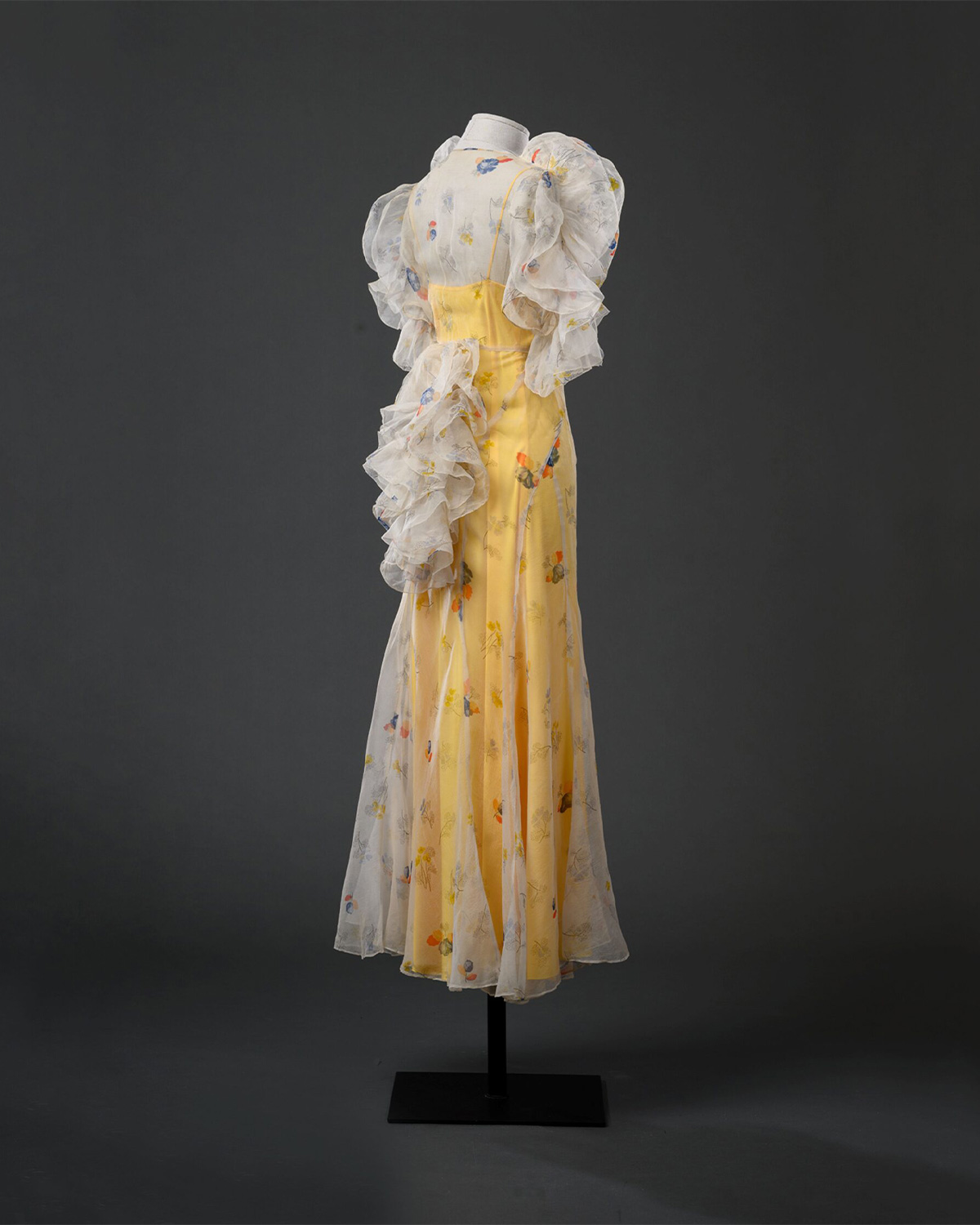
Cinecittà president Chiara Sbarigia has noted in earlier interviews that Rome’s postwar film boom turned the city into a working laboratory where costumers toggled between set and society, translating screen glamour into export-ready fashion and paving the way for the 1952 Sala Bianca debut that put Italy on the style map.
The exhibition runs June 18 through September 28 inside Palazzo Pitti’s Museum of Fashion and Costume.


